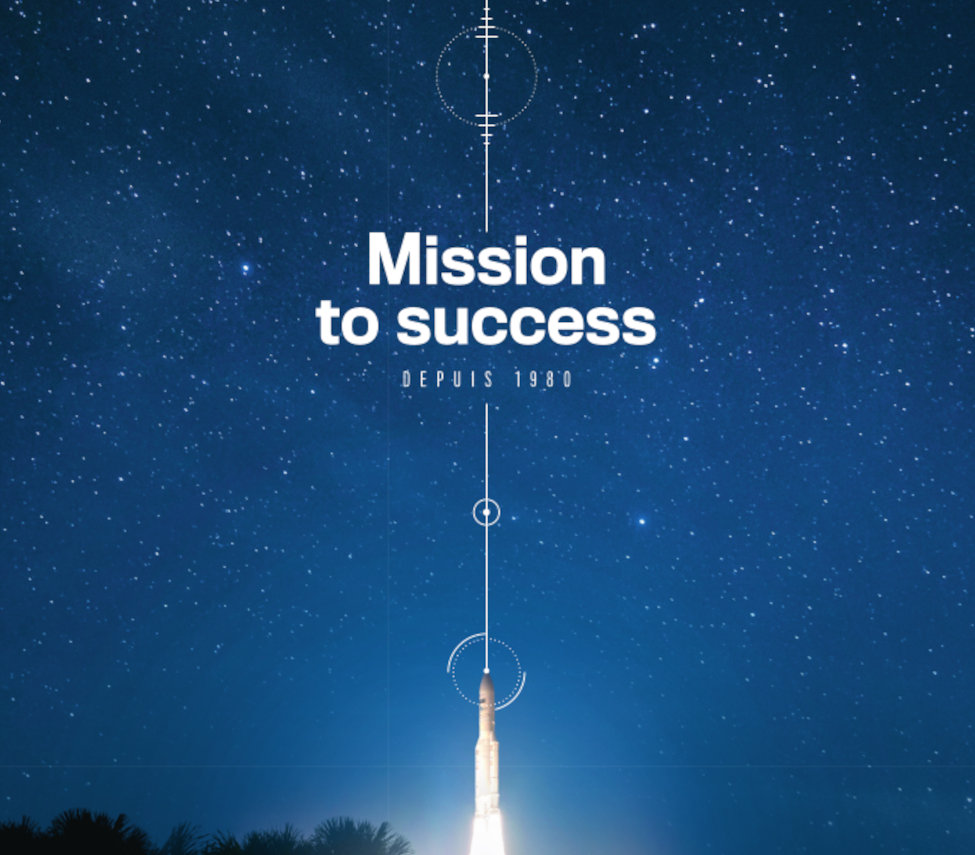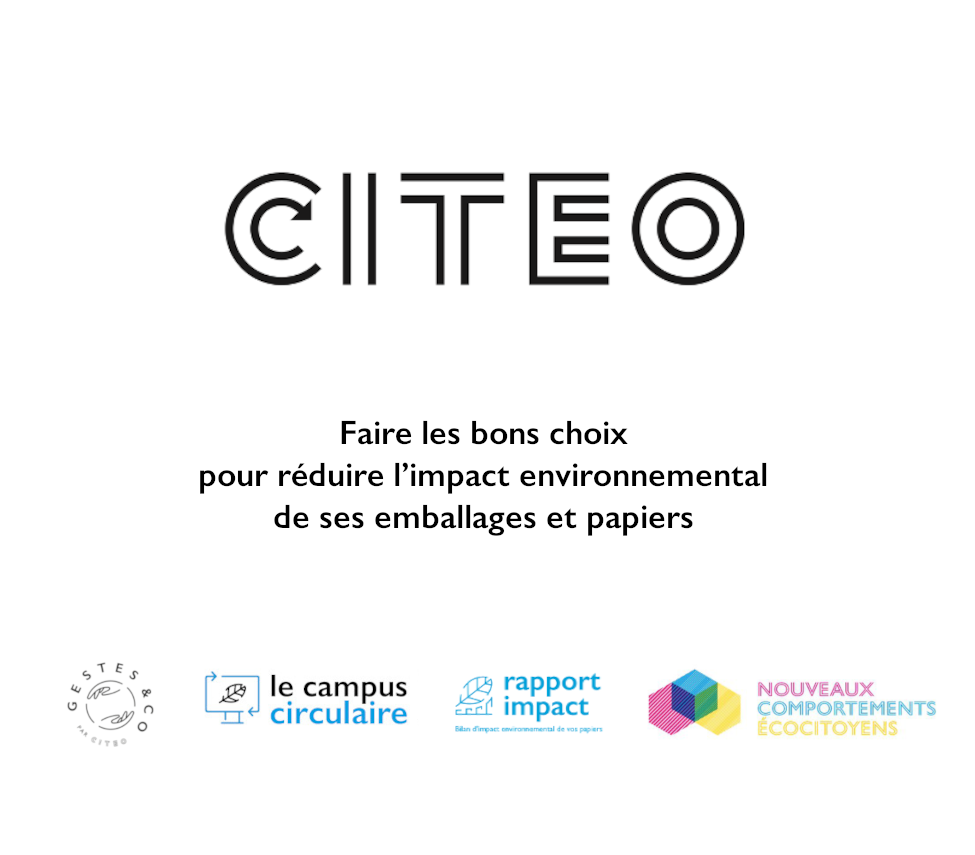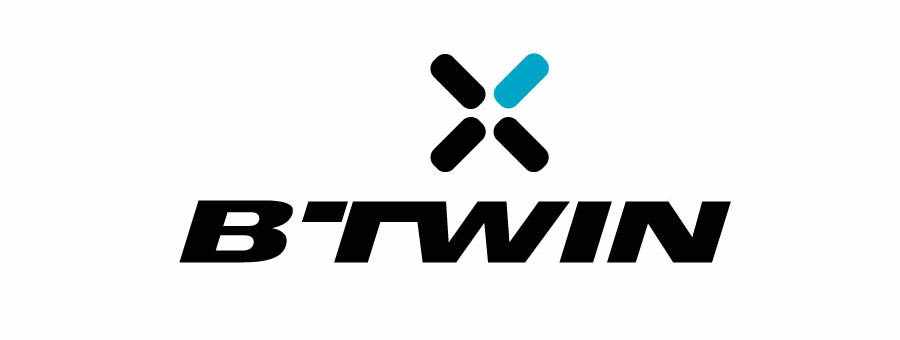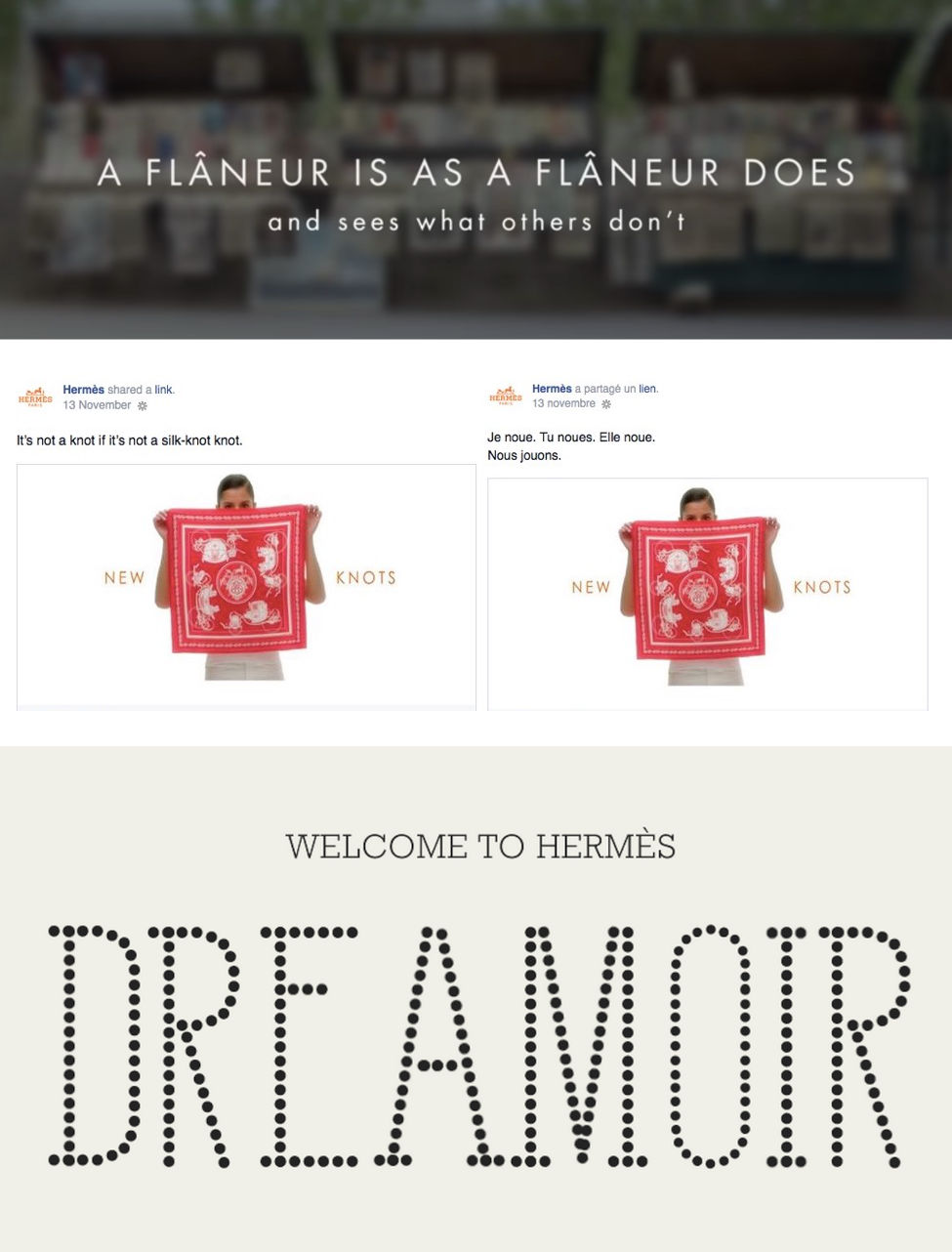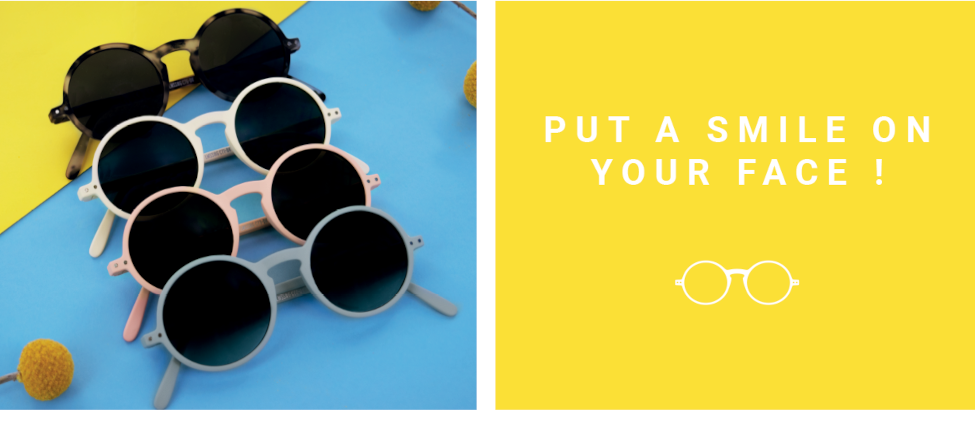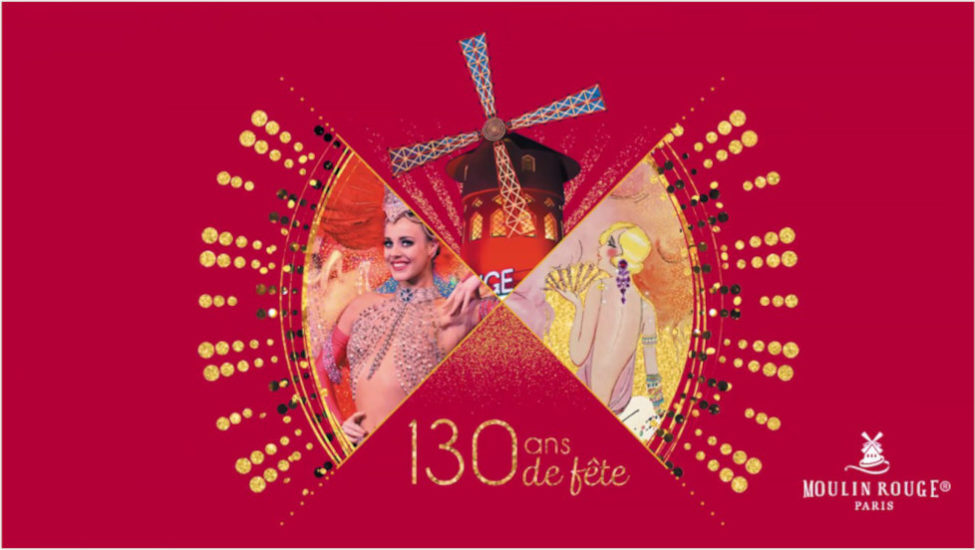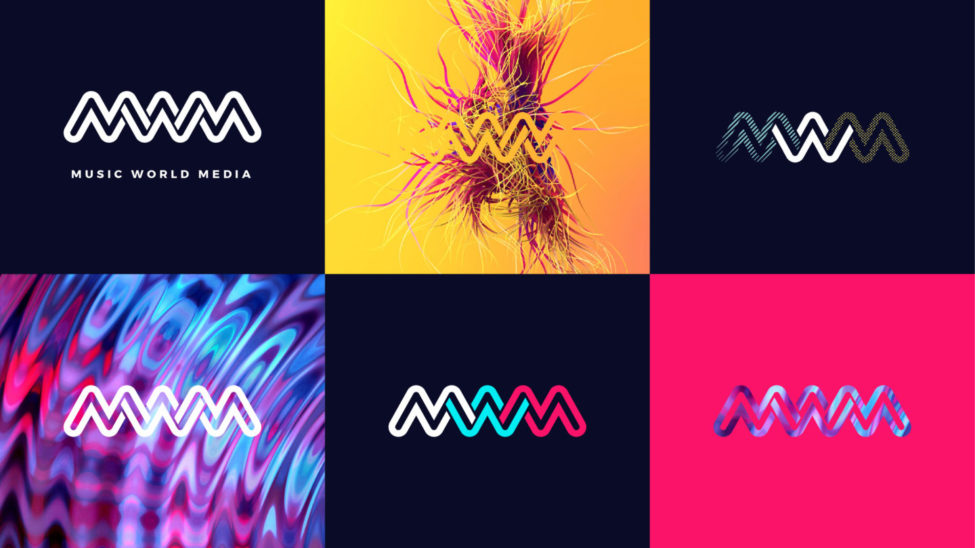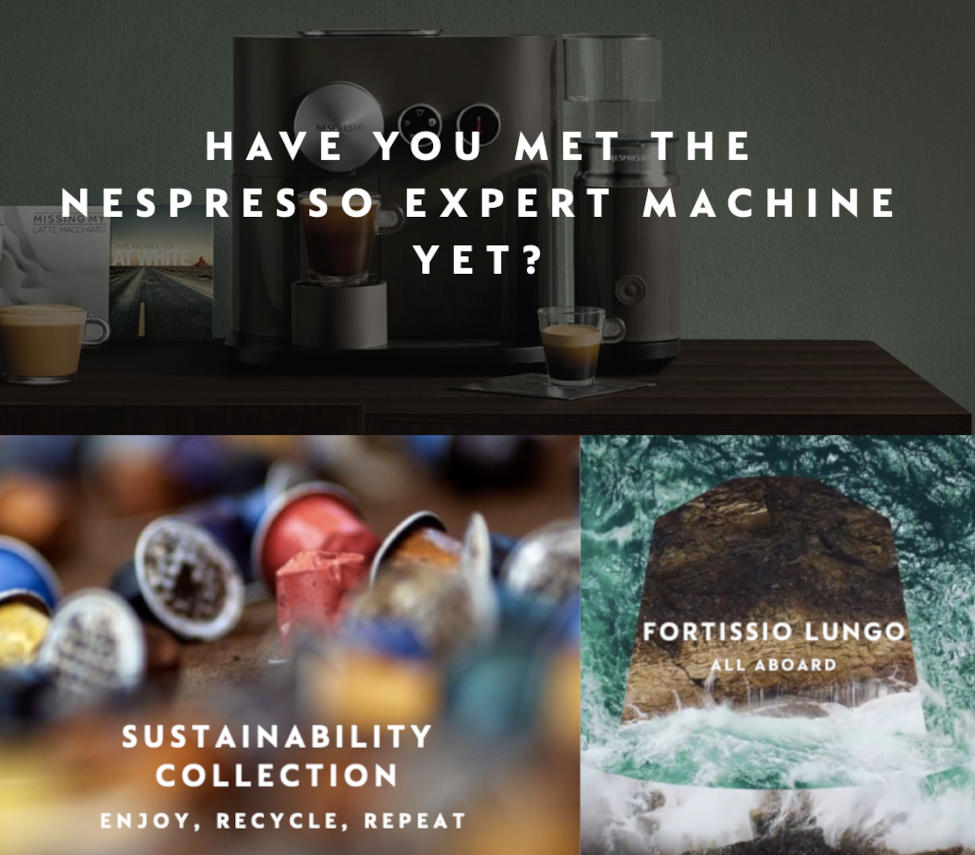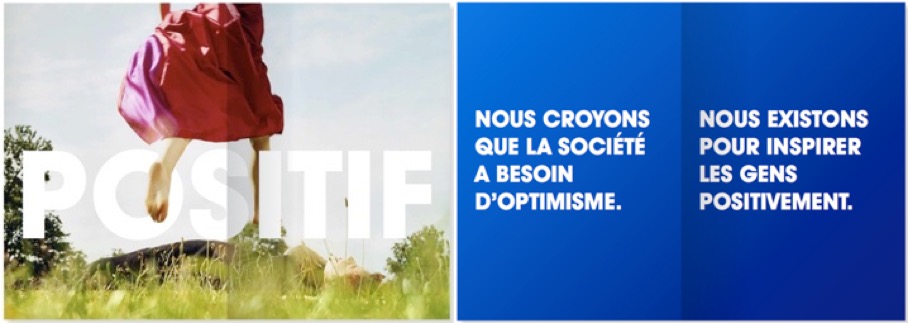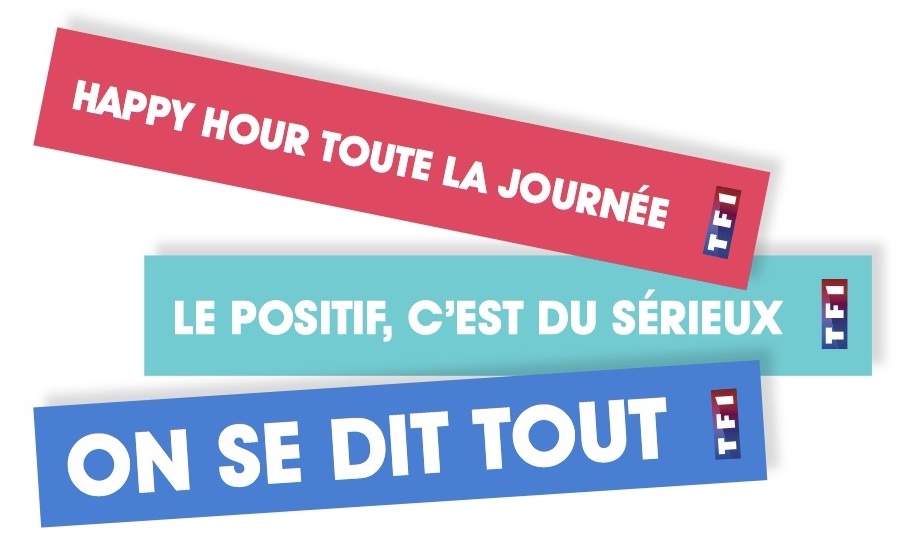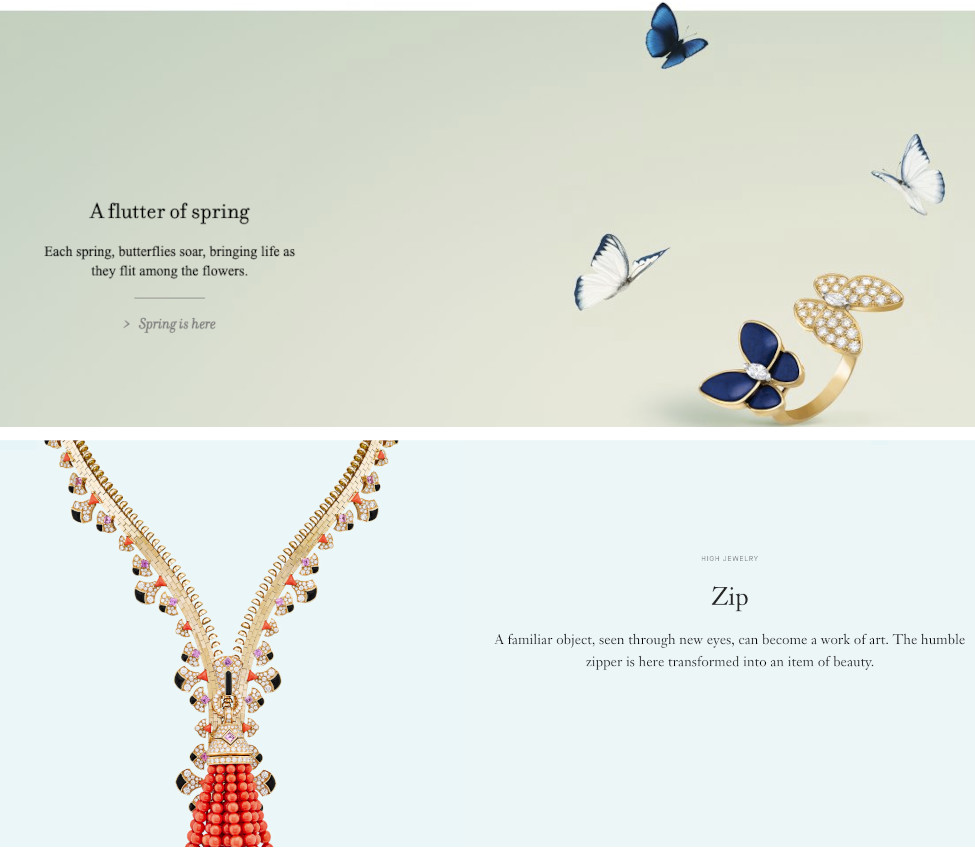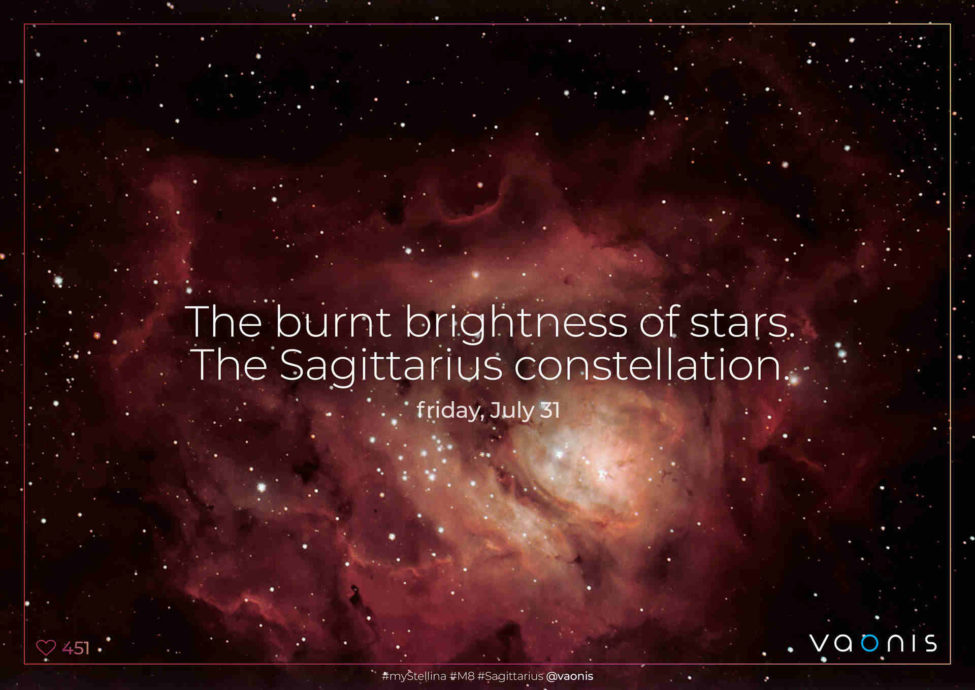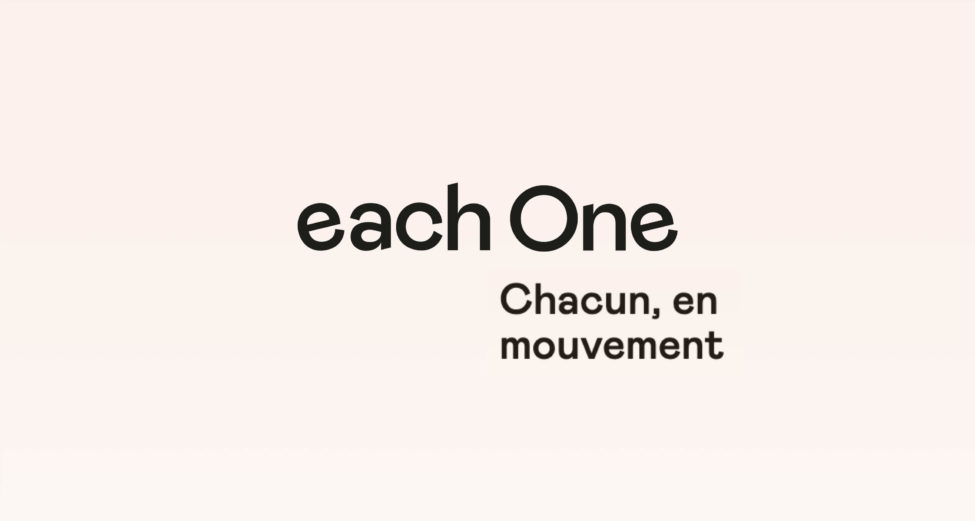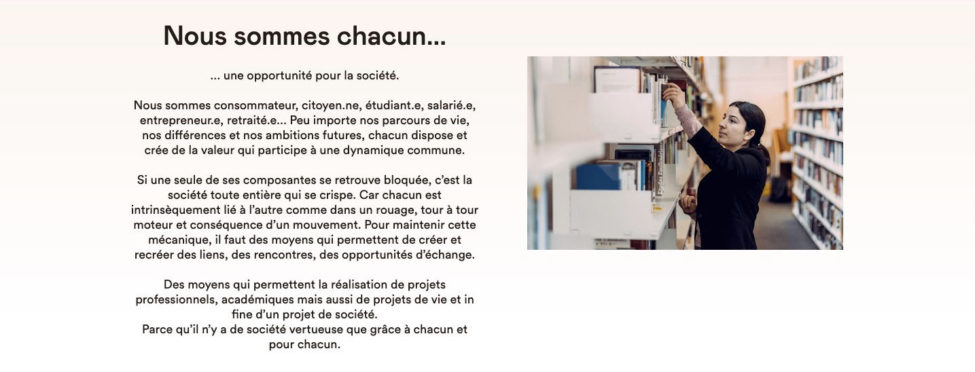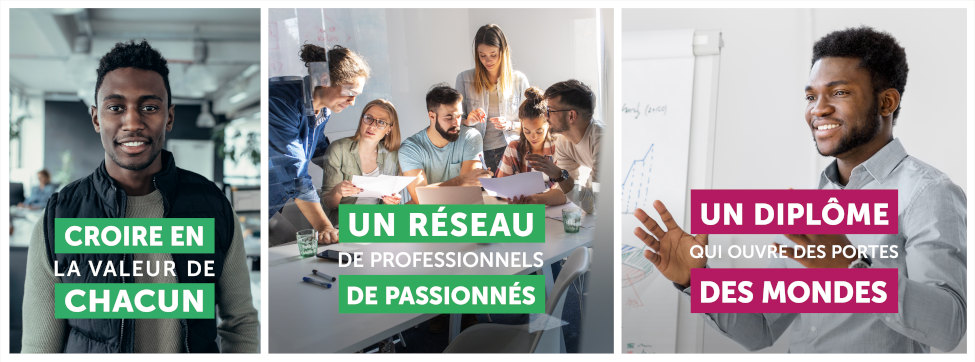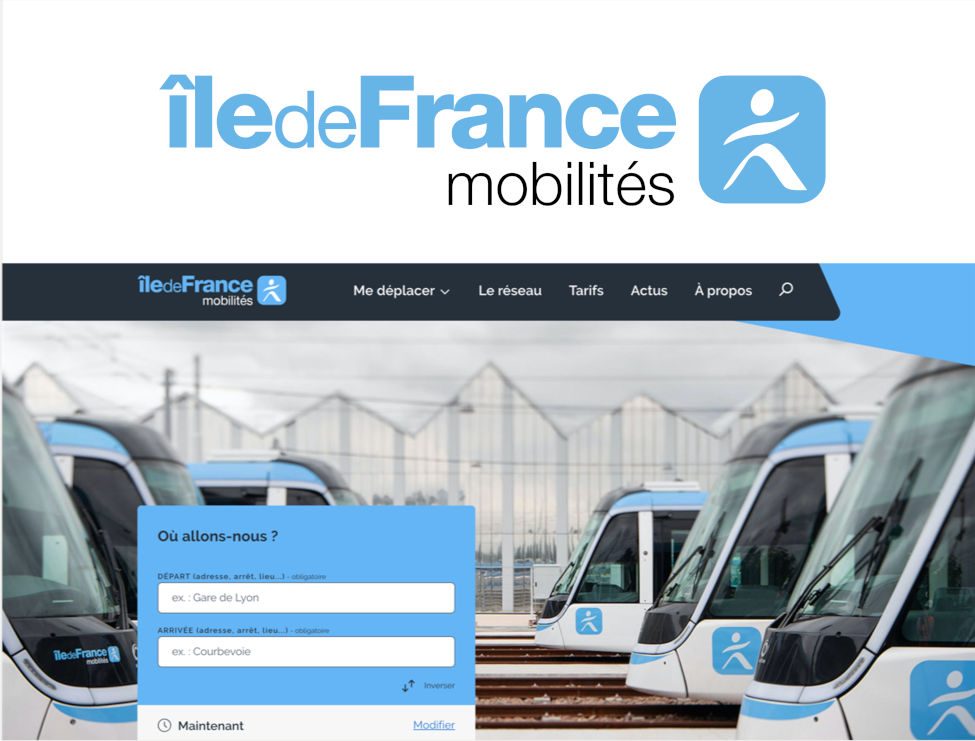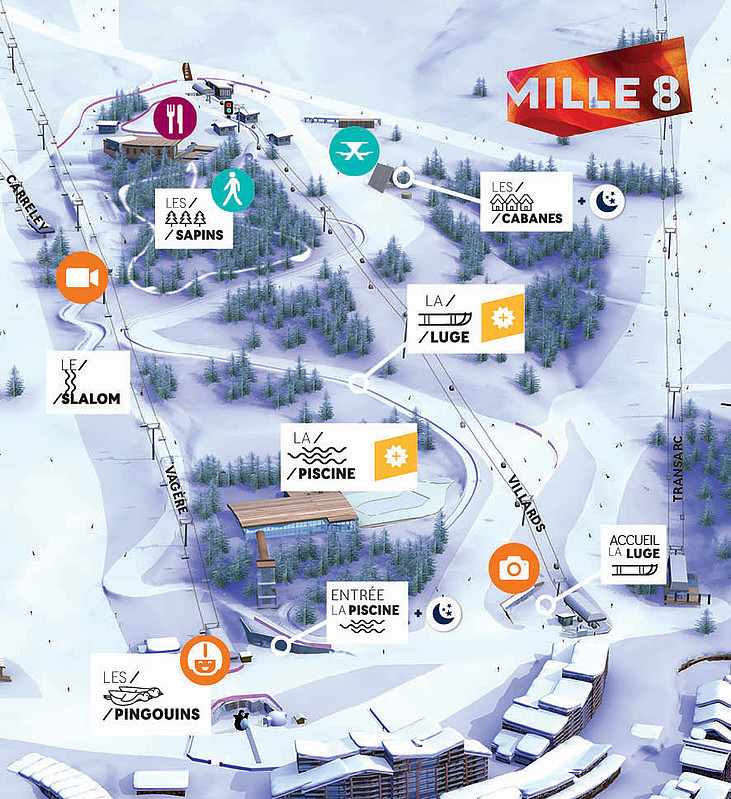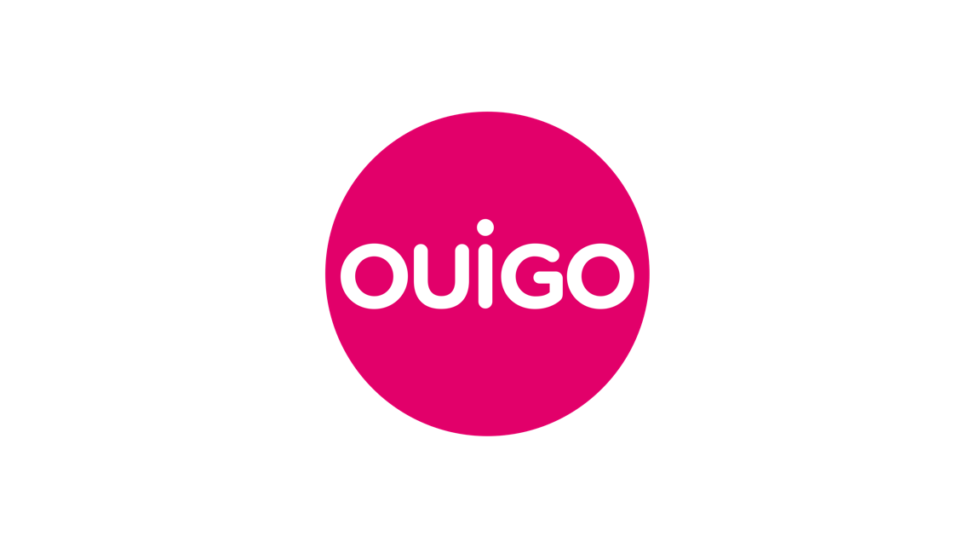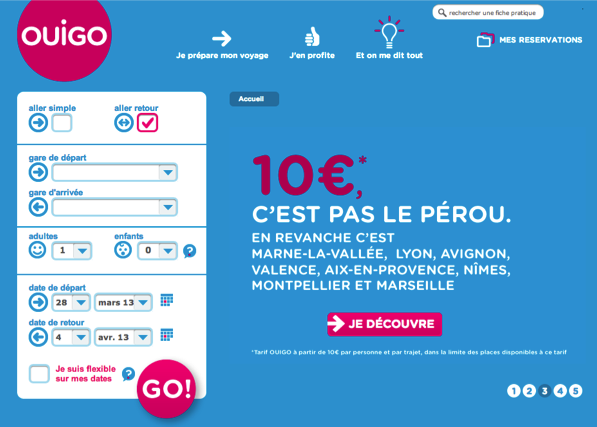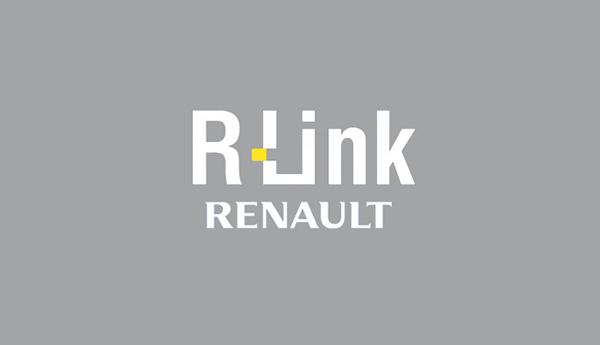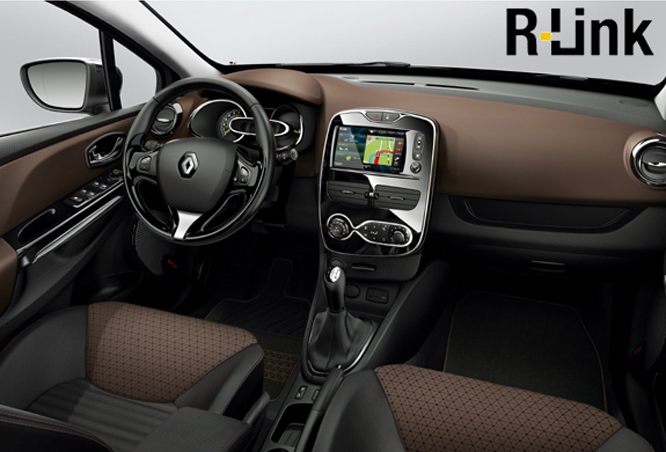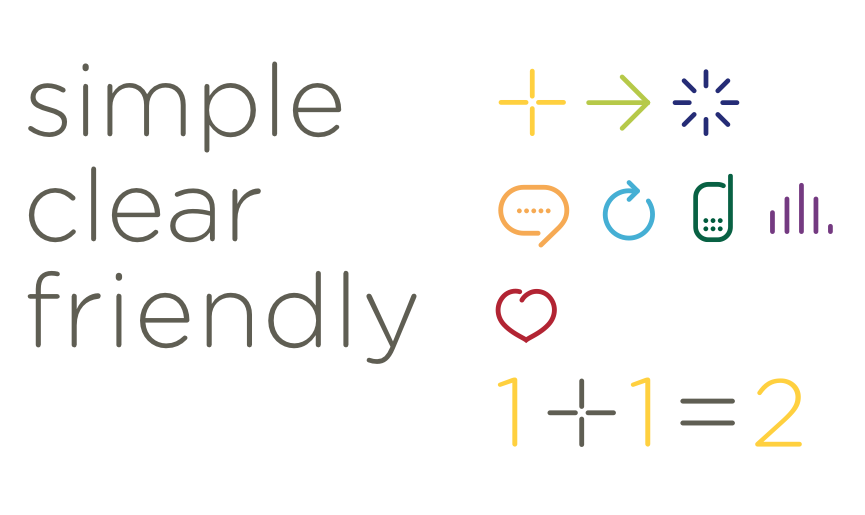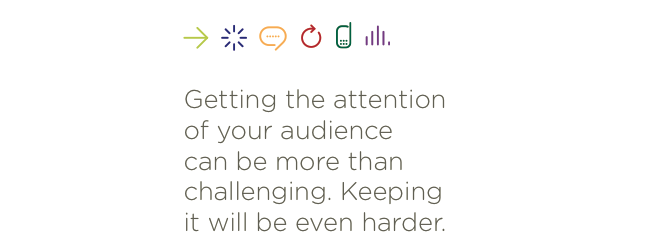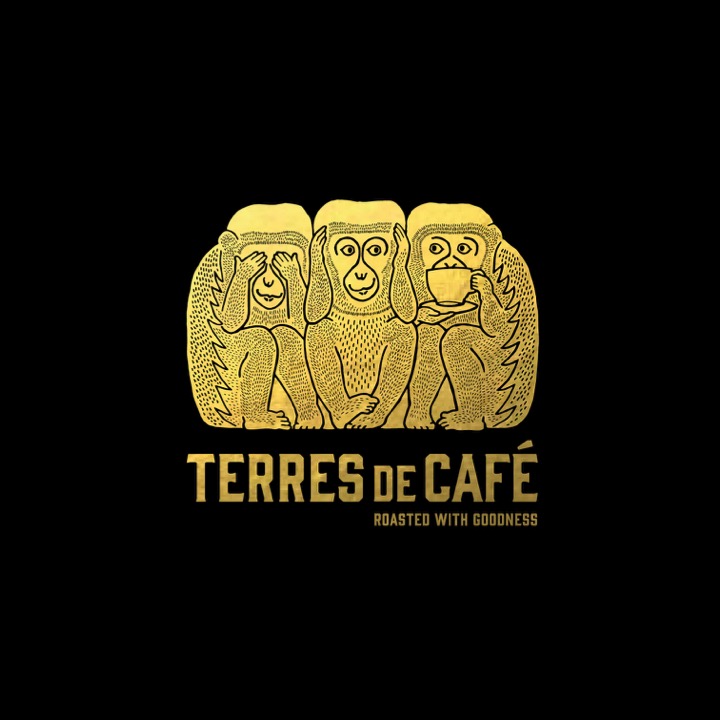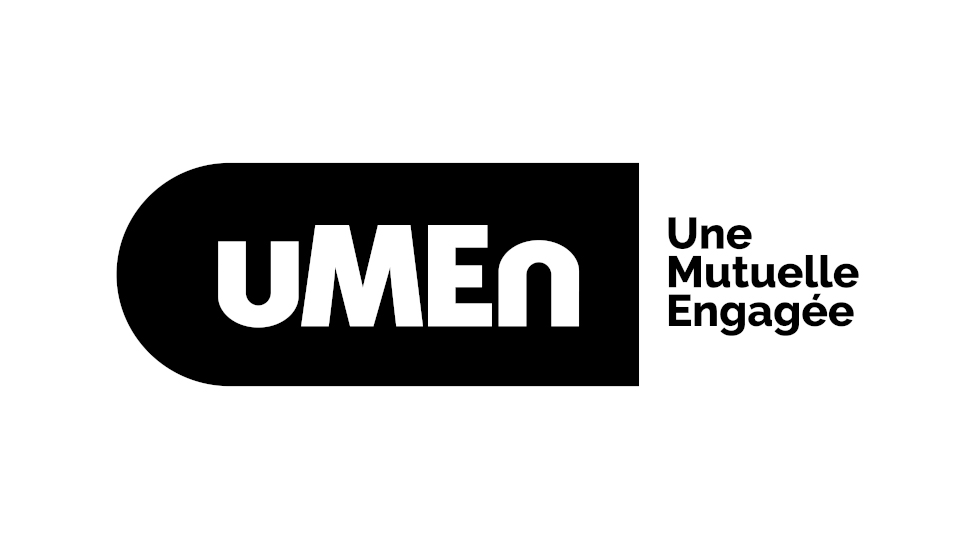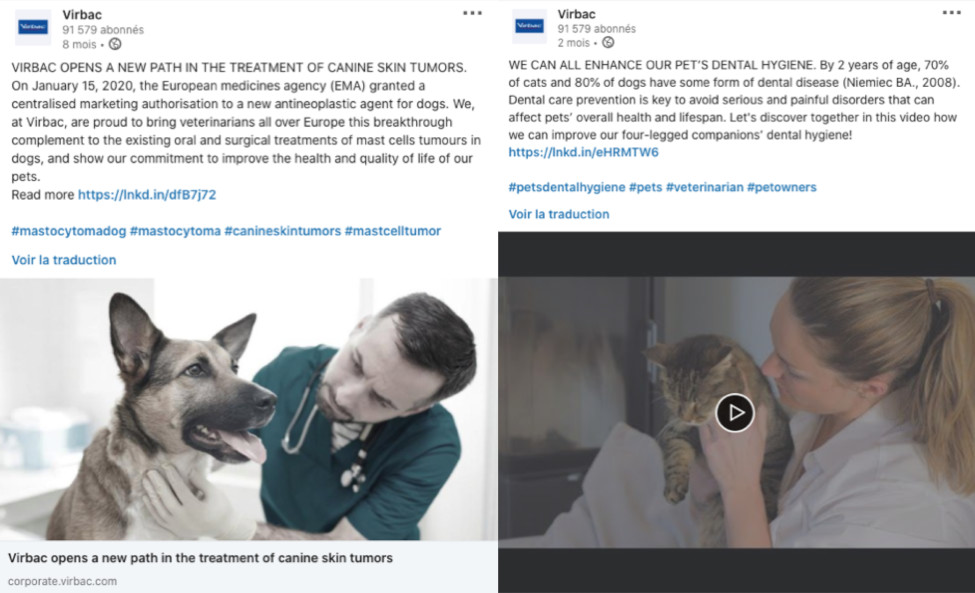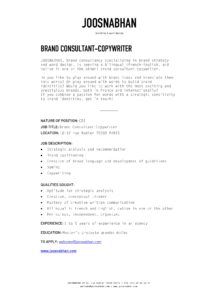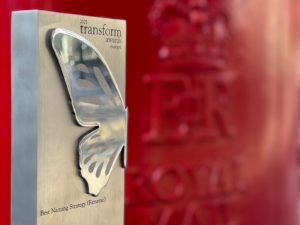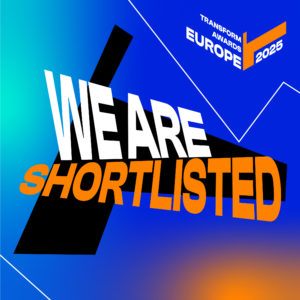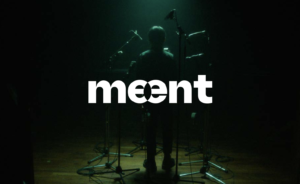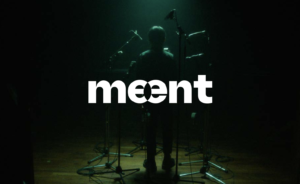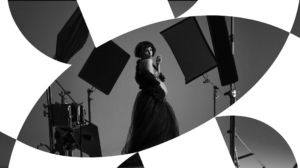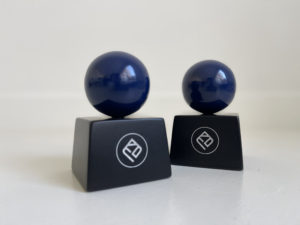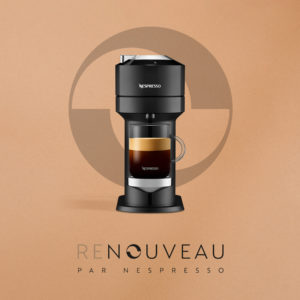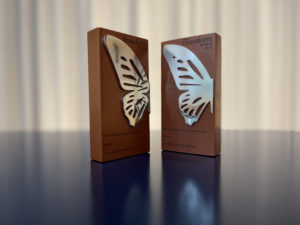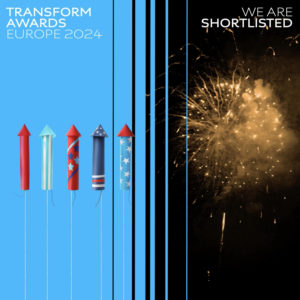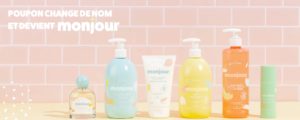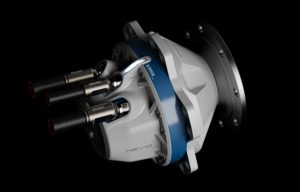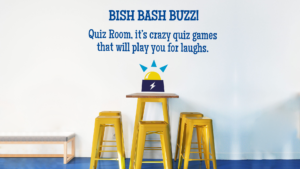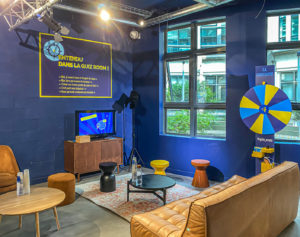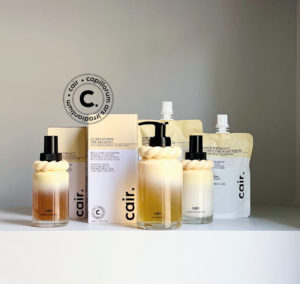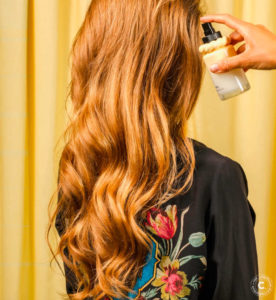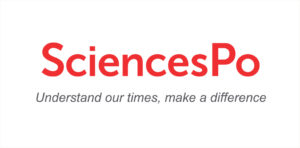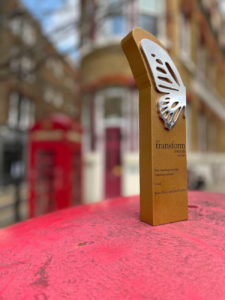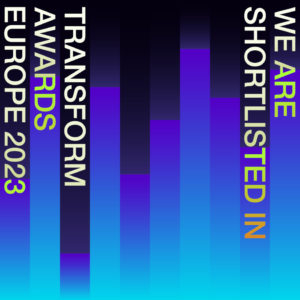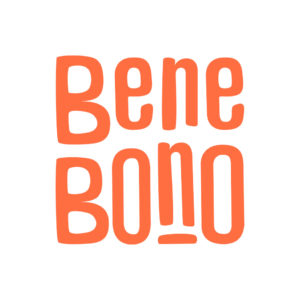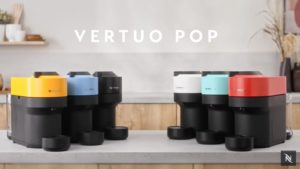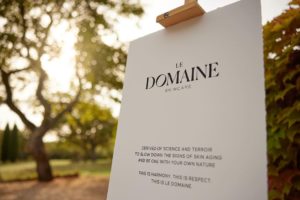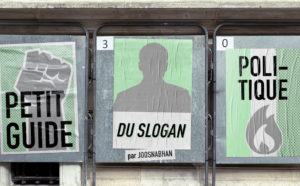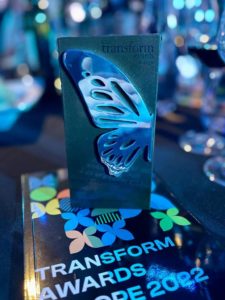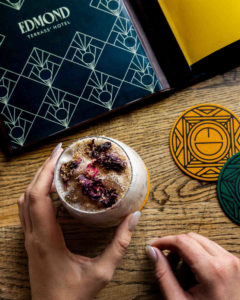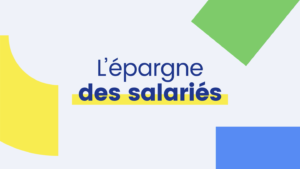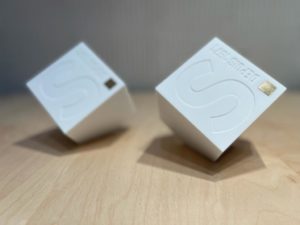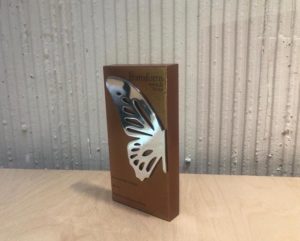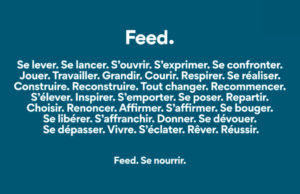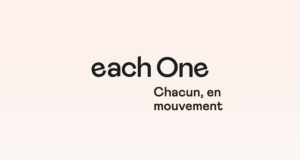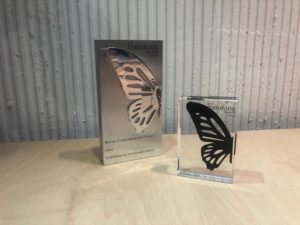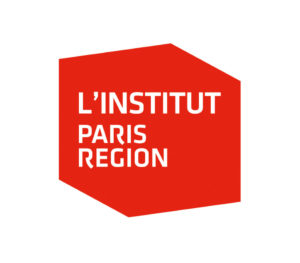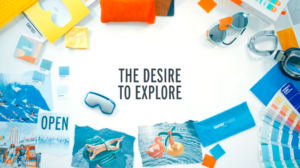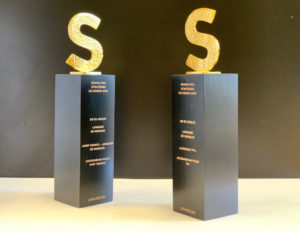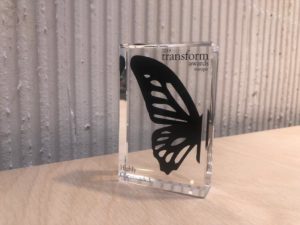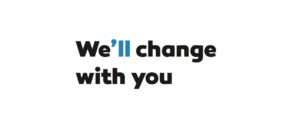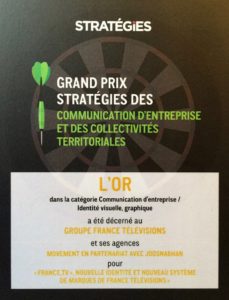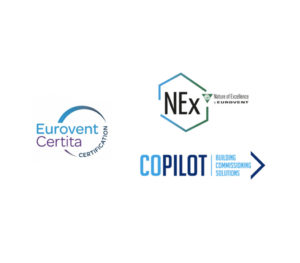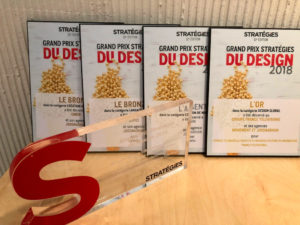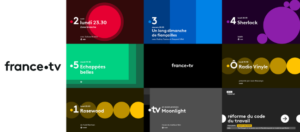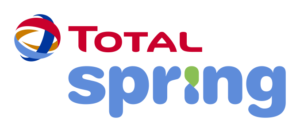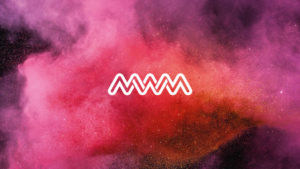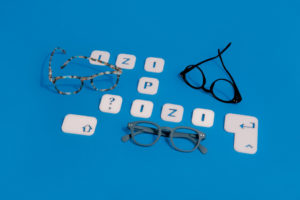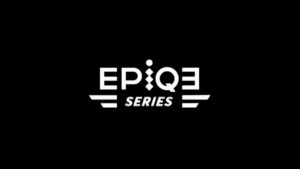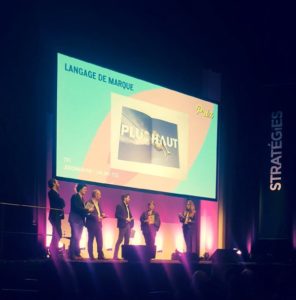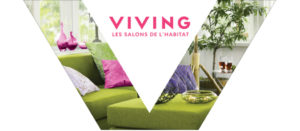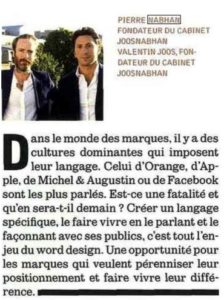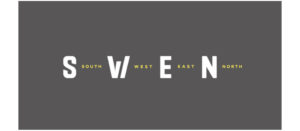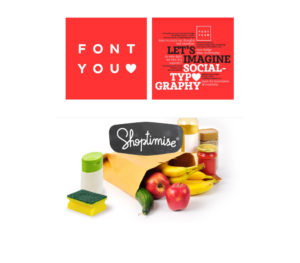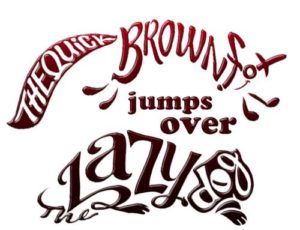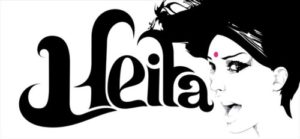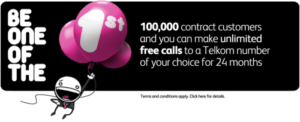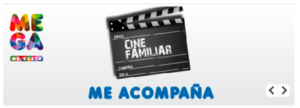Qu’est-ce qu’une entreprise à impact et que peut lui apporter sa marque ?
Nous avons eu l’occasion d’en parler avec Théo Scubla, co-fondateur de each One, start-up de la Social Tech dont la mission est de redonner vie aux projets professionnels des personnes réfugiées. Retour sur la création du nom « each One », créé par JOOSNABHAN.
JOOSNABHAN : Bonjour Théo, merci d’être avec nous aujourd’hui. Pour commencer, nous voulions parler des entreprises à impact. Ça veut dire quoi pour vous avoir un impact ?
Théo Scubla : Aujourd’hui, de manière générale, les entreprises se doivent d’avoir un impact. Les plus grands défis de la société nous rattrapent, que ce soit le changement climatique, ou tout autre enjeu que l’on retrouve dans les Objectifs de développement durable de l’ONU. Ne pas prendre en compte ces enjeux, c’est se prendre les pieds dans le tapis, parce que nous
sommes tous interdépendants. Chez each One, par exemple, on a essayé de traiter le défi de la compréhension mutuelle. C’est-à-dire fonctionner avec les différences, être à la hauteur de l’enjeu de la migration, parce que quoi que l’on fasse, les migrations sont et seront là.
Avoir un impact a toujours été une nécessité. Si on revient à la source de l’entrepreneuriat, et qu’on pose la question : « C’est quoi, le projet d’entrepreneur ? », on voit que la définition première de l’entrepreneuriat, c’est d’avoir un impact sur la société, porter un projet, et façonner la société en répondant à un besoin. On a perdu cette définition basique du rôle de l’entrepreneur comme celui qui façonne la société. Le mot a été galvaudé, ramené simplement à l’acte de créer une entreprise. La démarche d’entrepreneur est une démarche de création, mais aussi de liberté. Donc elle impose, elle responsabilise.
Quel rôle doit jouer la marque pour une entreprise à impact ?
Les marques ont toujours eu un impact. Positif ou négatif. Simplement, aujourd’hui, l’époque nous rappelle que nous sommes responsables, et nous force à nous demander : comment est-ce que je peux avoir un impact positif ?
La force de la marque, c’est que ce n’est pas un mot qui vit tout seul, par la volonté d’une seule personne. La marque est partagée, collective. Une marque, fondamentalement, porte un projet. Et derrière ce projet, il y a des humains. La marque est un socle partagé par plus d’une personne, qui doit s’ancrer dans un mouvement. C’est très important, parce que l’utilité d’une marque doit dépasser les fondateurs, l’origine, pour pouvoir durer dans le temps.
Chez each One, notre marque est ce qui nous permet de nous inscrire dans le temps. C’est notre socle, qui porte notre système de valeurs et nos principes d’action, et fait référence de la manière la plus immédiate possible à ce que nous faisons concrètement, donc à notre impact.
Quand on a décidé de se renommer each One, si on se sentait si bien dans nos chaussures, c’est parce qu’on s’est dit : each One est un nom qui exprime à la fois ce que nous faisons et ce que nous voulons faire. Il faut toujours garder cette tension entre d’une part l’ambition de son projet, une ambition à très long terme, abreuvée par une vision, et d’autre part ce que le projet a déjà eu comme impact. Pour moi, c’était ça each One. Ça faisait la synthèse entre ce que nous étions et ce que nous avions fait, ce que nous faisions au présent, et ce que nous souhaitions faire.
En quoi each One, votre nouveau nom, vous a-t-il été utile ?
Le jour où vous nous avez présenté each One, nous savions au fond de nous que ça allait devenir ça, parce que nous étions déjà à l’aise avec. On a vu que la marque était la bonne parce qu’elle disait déjà plus que ce qu’on avait pu dire. Elle nous rassemblait. Elle rassemblait bien sûr ce qu’on pensait de la marque, mais elle a aussi rassemblé l’équipe autour de la marque. Ça a été une évidence pour tout le monde. On se reconnaissait dedans.
« each One », ce n’est rien d’autre que le projet porté par l’entreprise. Le nom raconte la capacité de révéler la valeur de chacun, de tenir compte des intérêts de chacun dans le processus d’inclusion. On ne veut pas prendre le débat comme un débat sans frais sur une question de bénéficiaires, mais plutôt revenir à l’humain. Parce que « chacun », c’est bien sûr chaque personne que l’on accompagne. Mais c’est aussi chaque partie prenante, car chaque individu a un rôle à jouer. La marque sert à révéler, et c’est ce qu’on cherchait avec each One. C’est le nom qui révélait le mieux notre vision.
Réciproquement, notre vision nous permet d’expliciter, de dérouler, de décliner le mot each One. each One agit comme le titre d’un livre, donne une couleur, et derrière, il faut le développer, le faire parler. C’est tout ça que ça nous apporte.
Aujourd’hui, avec each One, on voit qu’on engage plus facilement dans notre projet, parce que c’est plus facile de faire le lien entre le premier regard qu’on a de nous et tout le discours derrière.
La marque vous permet donc de vous projeter ?
La marque a ouvert un espace flexible. Un espace à l’intérieur duquel on est toujours chez nous, mais qui comprend plein de déclinaisons et de nuances possibles. Reste que pour en arriver là, on a mis des années, parce qu’il fallait déjà comprendre qui nous étions.
C’est un nom qui avait du sens au début, et qui continue à avoir toujours plus de sens tous les jours. C’est presque comme si le nom évoluait avec nous, ou nous évoluons avec le nom. Il gagne en profondeur et en pouvoir d’évocation chaque jour. C’est très impressionnant d’avoir réussi ça.
Pour nous, la marque rend visible le renversement que l’on souhaite opérer. Elle nous aide à rendre visible quelque chose qui n’était pas considéré. Des personnes qui n’étaient pas vues pour la valeur qu’elles peuvent apporter commencent à l’être grâce à each One.
Propos recueillis par Pierre Nabhan et Victoria Pullen


